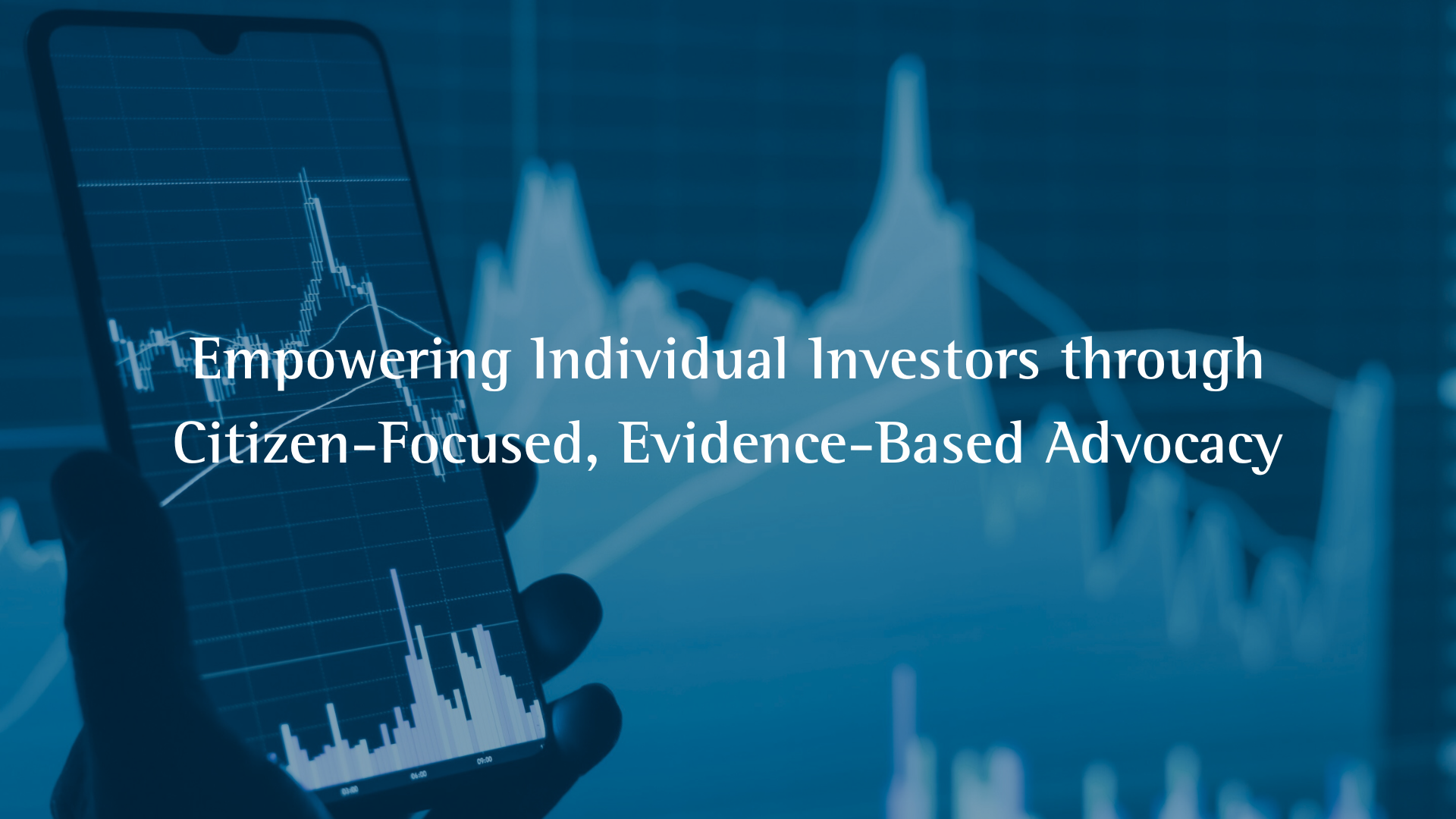Guide on Pension Awareness
Every year, BETTER FINANCE compiles the returns of private long-term and pension savings, so we can have an overview of how these products perform, compare them, and know their performances ...
Read More
Read More
Solvency Reports (SFCR) 2021 under examination: the Body Mass Index of the life-insurance industry | 2022 Edition
This report is a collaboration between analysts, actuaries, and researchers from consumer protection organisations. The purpose is to analyse and evaluate the fitness of a selection of life insurance companies’ ...
Read More
Read More
Securities Lending: Income Attribution & Conflicts of Interests in EU Retail Investment Funds
In 2021, the total income generated by securities lending operations globally stood at €7.8 billion, up by 21% compared to 2020. The majority of operations and lenders are outside the ...
Read More
Read More
The New Investing Environment for Retail Investors | Expectations and Challenges Ahead
BETTER FINANCE published a report in support of its response to the EC Consultation on the EU Strategy for Retail Investors, illustrating the current state of affairs, detailing how to ...
Read More
Read More
Individual Redress Tools in EU Retail Financial Services | Can a Retail Investor take on the Giants?
Savers and individual investors are one of the most vulnerable groups of consumers due to the nature of financial markets, the limited financial literacy of households and the growing complexity ...
Read More
Read More
Simple Products for Retail Investors | What they look like vs What they should look like
Individual, non-professional investors have an increased appetite for investing in capital markets following the global health pandemic. Evidence in several jurisdictions shows that many new, young, and tech-savvy savers started ...
Read More
Read More
Special Purpose Acquisition Companies (SPACs): Impacts on Transparency, Information Disclosure, Investor Protection and Supervision
The objective of this project is to understand the perceived experience of market participants with special purpose acquisition companies (SPACs), including investment professionals as well as the recipients of financial ...
Read More
Read More
BETTER FINANCE Evidence Paper on the Detrimental Effects of Inducements
BETTER FINANCE screened available evidence (literature, surveys, experiments, and statistical data) comparing the impact of allowing the receipt of “inducements” by distributors or brokers of “retail” investment services and products, ...
Read More
Read More


